Description
The instruction for medical use
of ITRAKON medicine
the Trade name
Itrakon
Mezhdunarodnoye the unlicensed
name Itrakonazol Lekarstvennaya a form
of the Capsule of 100 mg
Structure
One capsule contains
active agent – itrakonazol, pellets, in terms of itrakonazol – 100 mg,
excipients: gipromelloza (hydroksipropilmetiltsellyuloz (E5)), sucrose
structure of a gelatin capsule: E122 azoruby, FD&C indigo carmine blue 2 E132, titan E171 dioxide, gelatin.
The description
Solid gelatin capsules of No. in size 0 or No. 1, with the body of pink color and a lid – blue color.
Capsule contents – granules from almost white till cream color, spherical shape.
Pharmacotherapeutic group
Antifungal drugs for system use.
Triazole derivatives.
The code of automatic telephone exchange J02A C02
the Pharmacological
Pharmacokinetics Maximum Biological Availability properties of an itrakonazol at intake is observed at use right after intake of high-calorific food. The maximum level in plasma is reached in 3-4 hours. Removal from plasma two-phase with final elimination half-life from 1 to 1.5 days.
At prolonged use the stable concentration is reached in 1-2 weeks. Stable concentration of an itrakonazol in plasma in 3-4 hours after intake of medicine reach 0.4 mg/ml (at reception of 100 mg of 1 times a day), 1.1 mg/ml (at reception of 200 mg of 1 times a day) and 2.0 mg/ml (at reception of 200 mg 2 times a day).
Binding of an itrakonazol proteins of plasma makes 99.8%.
Accumulation of an itrakonazol in keratinaceous fabrics, especially in skin, is 4 times higher, than in plasma, and its removal depends on regeneration of epidermis. Therapeutic levels of drug in skin after the termination of a 4 weeks course of treatment remain within 2-4 weeks. Concentration of an itrakonazol reveal in a keratin of nails in a week after an initiation of treatment, remain at least within 6 months after end of a 3-month course of therapy.
Itrakonazol also contains in separated sebaceous glands and in smaller quantity – in sweat.
Concentration level in lungs, kidneys, a liver, bones, a stomach, a spleen, muscles by 2-3 times exceeds the corresponding concentration in plasma.
Therapeutic concentration in tissues of a vagina remain within 2 days after the termination of a 3-day course of treatment in a dose of 200 mg a day within 3 days after end of a one-day course of treatment in a dose of 200 mg twice a day.
Itrakonazol is substantially split in a liver with formation of a large number of metabolites. One of such metabolites is hydroxy-itrakonazol which has in vitro comparative with itrakonazoly antifungal action.
Removal with a stake makes from 3 to 18% of the accepted dose, kidneys – less than 0.03% of a dose. About 35% of a dose are removed in the form of metabolites with urine within 1 week.
Itrakon’s pharmacodynamics synthetic antifungal means derivative of triazole. Inhibits cytochrome-P450-dependent synthesis of ergosterol, a necessary component of a cellular membrane of a mushroom, causes fungicide effect. It is active concerning dermatophytes (Ttichophyton spp., Microsporum spp., Epidermophyton floccosum), barmy mushrooms, including Candida spp. (including C.albicans, C.glabrata, C.krusei), mold mushrooms (Criptococcus neoformans, Aspergillus spp., Histoplasma spp., Paracoccidioides brasiliensis, Sporothrix schenckii, Fonsecaea spp., Cladosporium spp., Blastomyces dermatitidis), etc.
The main types of mushrooms which development is not suppressed itrakonazoly are Zygomycetes (e.g. Rhizopus spp., Rhizomucor spp., Mucor spp. And Absidia spp.), Fusarium spp., Scedosporium spp. and Scopulariopsis spp.
– an onychomycosis
– the mycoses of skin, oral cavity and an eyes caused by dermatophytes, barmy and mold mushrooms
– system or topical mycoses (aspergillomycosis, a cryptococcosis, histoplasmosis, a sporotrichosis, a paracoccidioidomycosis, a zymonematosis and others)
– vulvovaginal candidiasis
the Route of administration and doses
to Accept indications inside right after intake of high-calorific food. The maximum daily dosage – 400 mg or 5 mg/kg.
In an onychomycosis – 200 mg a day within 3 months or on 200 mg 2 times a day within 1 week with the subsequent break 3 weeks, in an onychomycosis of feet are recommended 3 courses of treatment, brushes – 2 courses. A chromophytosis – 200 mg of 1 times a day within 7 days. Dermatomycoses and candidiasis of an oral cavity – 100 mg of 1 times a day within 15 days (if necessary the course is repeated).
A fungal keratitis – 200 mg of 1 times a day within 21 days.
System mycoses – on 100–200 mg 1–2 times a day within 2–12 months (depending on the activator).
Vulvovaginal candidiasis – on 200 mg 2 times within 1 day or 200 mg of 1 times a day within 3 days.
In mycoses of vysokokeratizirovanny sites, such as skin of brushes and feet, it is necessary to carry out treatment by doses of 200 mg 2 times a day within 7 days or 100 mg a day within 30 days.
Side effects
& lt, 1/10000, including isolated cases:
– a leukopenia, a neutropenia, thrombocytopenia
– a serum disease, a Quincke’s disease, anaphylactic, anaphylactoid and allergic reactions
– a gipertriglitseridemiya, a hypopotassemia
– peripheral neuropathy, paresthesia, a hypesthesia, a headache dizziness
– ambiguity of sight, a diplopia
– stagnant heart failure
– dyspepsia (nausea, vomiting, diarrhea, a constipation, a loss of appetite), an abdominal pain, reversible increase in liver enzymes, hepatitis, crushing toxic damage of a liver, including cases of an acute liver failure with a lethal outcome
– a toxic epidermal necrolysis, Stephens-Johnson’s syndrome, a multiformny erythema, exfoliative dermatitis, a leykoklastichesky vasculitis, a small tortoiseshell, an alopecia, photosensitivity, skin rash, a skin itching
– myalgia, an arthralgia
– a pollakiuria, incontinence of urine, disturbance of a menstrual cycle, erectile dysfunction
– an edematous syndrome, a fluid lungs, sonitus, a temporary or constant hearing loss
– rhinitis,
Contraindication sinusitis
– individual hypersensitivity to any ingredient
– stagnant heart failure
– a concomitant use of the following drugs:
– drugs, metaboliziruyemy CYP3A4 enzyme, astemizol, bepridit, tsisaprid, dofetilid, levatsetilmetadol (levometadit, left methadone), mizolastin, Pimozidum, quinidine, sertindol and terfenadin
– the inhibitors of GMG-KoA reductase split by CYP3A4 enzyme (lovastatin and simvastatin)
– to triazoles and midazolam for intake
– blockers of slow calcium channels can render negative inotropic effect which can enhance similar effect of an itrakonazol, itrakonazol can reduce metabolism of blockers of slow calcium channels
– drugs of alkaloids of an ergot (dihydroergotamine, ergometrine (ergonovin), ergotamine and methylergometrine (metilergonovin))
– nizoldipin
– pregnancy and the period of a lactation
– children’s and teenage age up to 18 years
Medicinal interactions
1. The medicines affecting absorption of an itrakonazol
Medicines, reducing acidity of a stomach reduce absorption of an itrakonazol that is connected with solubility of covers of capsules.
2. The medicines affecting metabolism of an itrakonazol
Itrakonazol generally it is split by CYP3A4 enzyme. In interaction of an itrakonazol with rifampicin, rifabutiny and Phenytoinum the bioavailability of an itrakonazol and hydroxy-itrakonazola considerably decreases that leads to significant reduction of efficiency of drug. Simultaneous use of an itrakonazol with these drugs which are potential inductors of liver enzymes is not recommended. Similar results can be assumed in interaction and with other inductors of liver enzymes, such as carbamazepine, phenobarbital and isoniazid. Strong inhibitors of CYP3A4 enzyme (ritonavir, indinavir, klaritromitsin and erythromycin) can increase bioavailability of an itrakonazol.
3. Influence of an itrakonazol on metabolism of other
Itrakonazol medicines can inhibit metabolism of the drugs split by CYP3A4 enzyme. Strengthening or prolongation of their action including side effects can be result of it. Before intake of the accompanying medicines, it is necessary to consult with the attending physician concerning the ways of metabolism of this drug specified in the instruction for medical use.
After the termination of treatment of concentration of an itrakonazol in plasma decrease gradually depending on a dose and duration of treatment.
It needs to be taken into account at discussion of the inhibiting effect of an itrakonazol to the accompanying medicines.
Examples of such drugs are:
Drugs when which prescribing it is necessary to watch their concentration in plasma, action, side effects.
In case of co-administration with itrakonazoly a dose of these drugs if it is necessary, it is necessary to reduce:
– oral anticoagulants
– HIV protease inhibitors – indinavir, ritonavir and sakvinavir
– some antineoplastic drugs – busulfan, dotsetakset, trimetreksat, alkaloids of a periwinkle pink
– the blockers of calcium channels split by CYP3A4 enzyme – derivatives of dihydropyridine and verapamil. Blockers of calcium channels can enhance negative inotropic effect of an itrakonazol
– some immunosuppressive means: cyclosporine, sirolimus (rapamitsin), takrolimus
– some inhibitors of GMG-KoA reductase split by CYP3A4 enzyme (atorvastatin)
– some glucocorticosteroids (budesonid, dexamethasone, flyukatizon and Methylprednisolonum)
– digoxin
– other drugs: alfentanil, to alprazola, brotiozolam, buspiron, carbamazepine, tsilostazol, Disopyramidum, ebastin, eletriptan, fentanyl, galofantrin, midazolam for intravenous administration, reboksetin, repaglinid, rifabutin.
Special instructions
Itrakon should not be accepted to patients with chronic heart failure or with existence of this symptom complex in the anamnesis. Such patients need to be informed on signs and symptoms of stagnant heart failure and at emergence of similar signs or symptoms during a course of treatment Itrakon’s reception needs to be stopped.
At Itrakon’s appointment the patients with abnormal liver functions or kidneys need care. Seldom or never at Itrakon’s use the crushing toxic damage of a liver, including cases of an acute liver failure with a lethal outcome developed. In most cases it were patients who already had diseases of a liver or other serious illness or which drug was appointed for treatment of general diseases, and the patients receiving other medicines with hepatotoxic action. At some patients obvious risk factors concerning damage of a liver did not come to light. Several such cases arose in the first month of therapy, and some – in the first week of treatment. In this regard it is regularly recommended to control function of a liver at the patients receiving therapy itrakonazoly. Patsiyentov it is necessary to warn about need to contact immediately the doctor in case of symptoms of hepatitis (anorexia, nausea, vomiting, weakness, an abdominal pain and darkening of urine), to immediately stop therapy and to conduct a research of function of a liver. To patients with increase in activity of “hepatic” enzymes or a disease of a liver in an active phase, or at the postponed toxic damage of a liver owing to intake of other drugs it is not necessary to appoint Itrakon.
In case of developing of the neuropathy caused by oral administration of solution of an itrakonazol, treatment should be stopped.
In case of the lowered acidity of gastric juice recommend to accept together with carbonated drink.
Women of childbearing age during treatment should use contraceptive means surely.
Features of influence of medicine on ability to run the vehicle or potentially dangerous mechanisms
are not revealed.
Overdose
Symptoms: About cases of overdose it was not reported. Strengthening of side effects is possible, especially from a liver.
Treatment: symptomatic. At accidental overdose within the first hour after administration of drug it is possible to make gastric lavage. If necessary to the patient activated carbon is appointed. Itrakonazol does not leave from an organism by means of a hemodialysis. Specific antidote does not exist.
The form of release and packing
On 5 or 6 capsules place in blister strip packaging from a film of the polyvinylchloride colourless and printing aluminum foil varnished.
On 3 (on 5 capsules) or on 1 (on 6 capsules) blister strip packaging together with the instruction for medical use in the state and Russian languages place in a pack from cardboard.
To Store storage conditions in the place protected from light at a temperature not above 25ºС.
To store out of children’s reach!
A period of storage
3 years
it is not necessary to use drug after the termination of the expiration date specified on packing.
Prescription status
According to the prescription
PJSC Pharmak Adres Producer: Ukraine, 04080, Kiev, st. of Frunze, 63.
The name and the country of the owner of the registration certificate
of PJSC Pharmak, Ukraine,
the Address of the organization accepting in the territory of the Republic of Kazakhstan claims from consumers on quality of products (goods) the Republic of Kazakhstan, 050009 Almaty, the ave of Abay, the 157th office 5tel/fax: +7 (727) 250 66 23, the e-mail address:
To Develop Djatlova88@mail.ru
Additional information
| Ingredient |
|---|





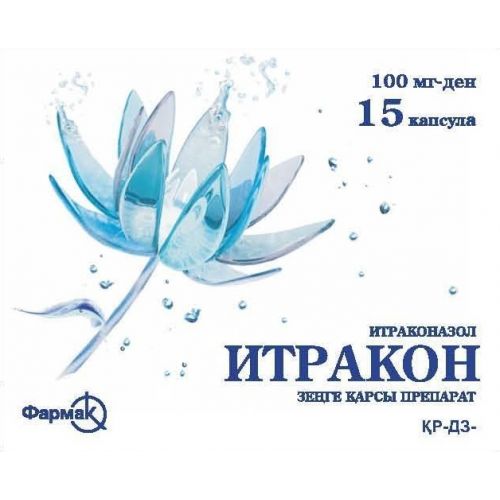
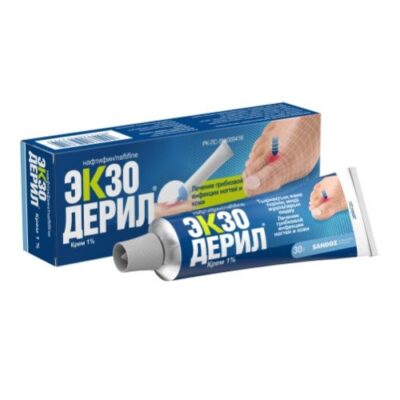
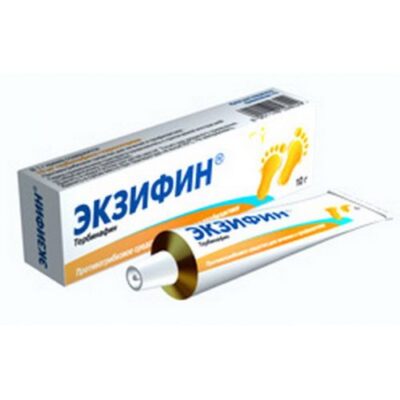
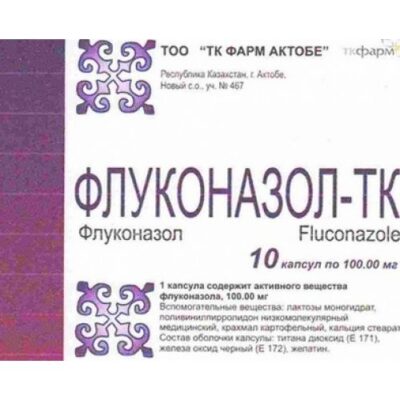
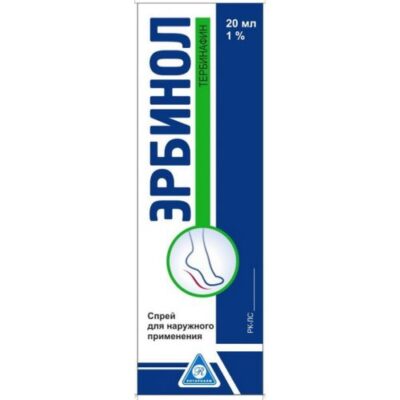
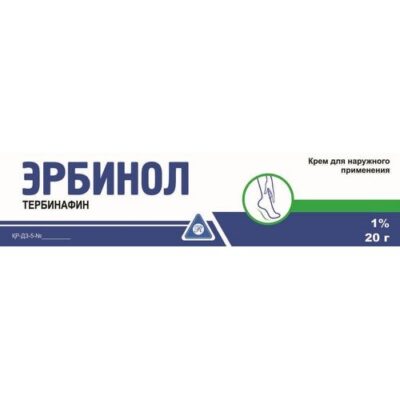
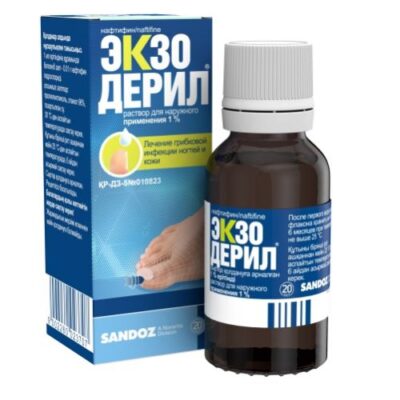
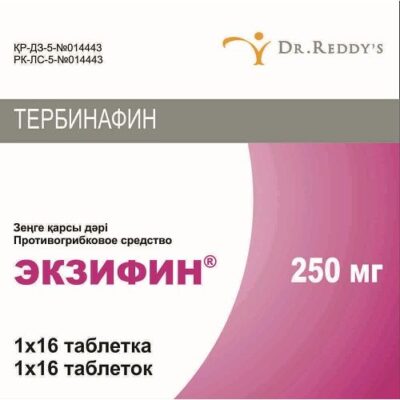
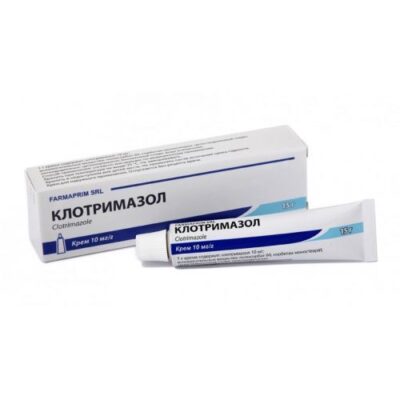
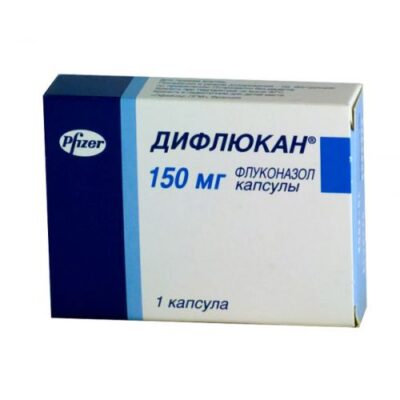
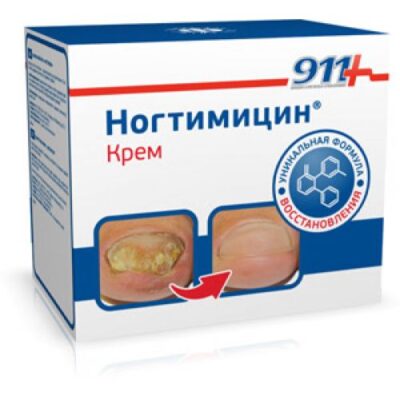






Reviews
There are no reviews yet.